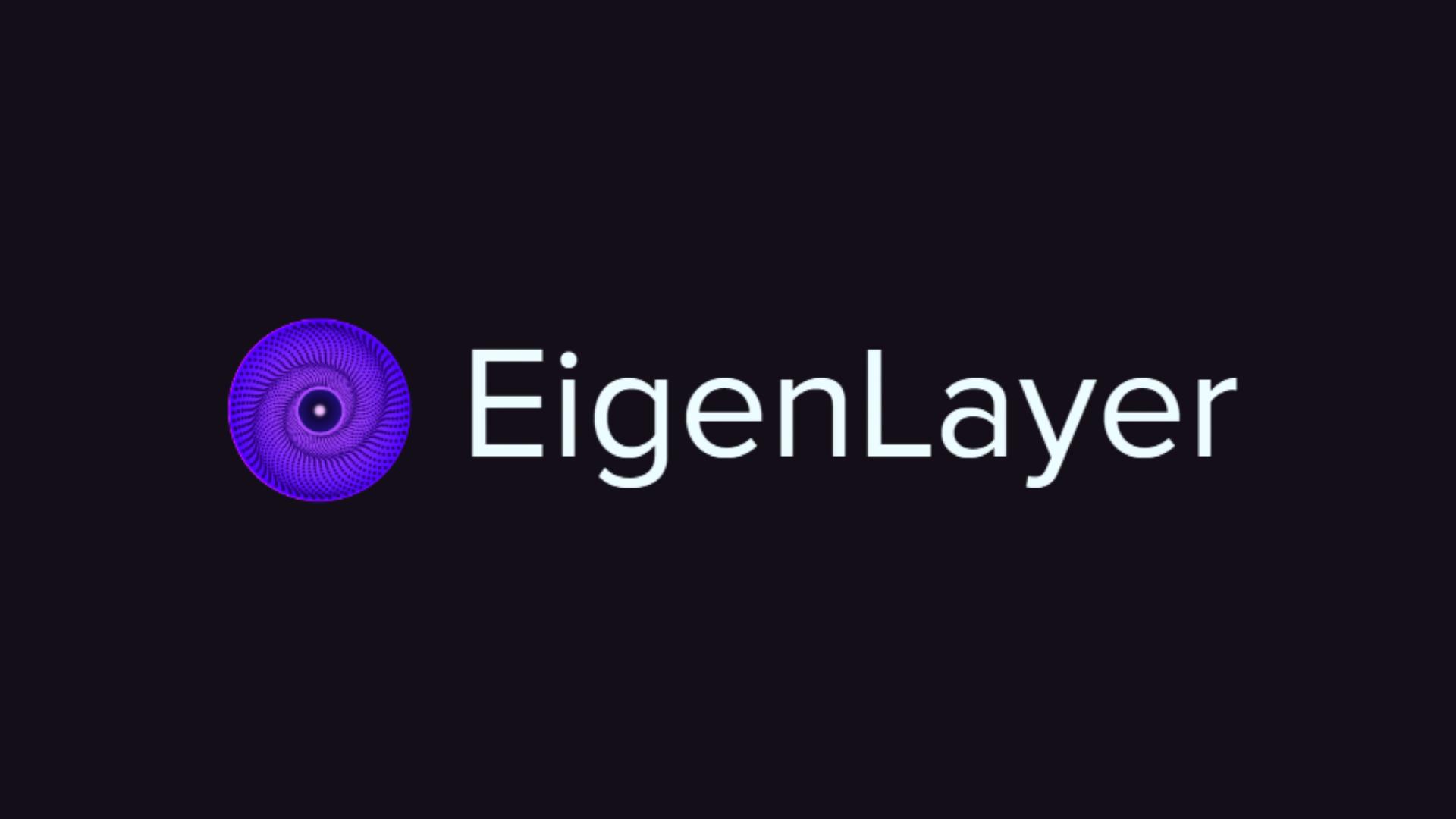
EigenLayer™ | Home Official
What is EigenLayer?
EigenLayer is an innovative protocol built on the Ethereum blockchain that introduces a concept known as "restaking." This allows users to leverage their staked assets to secure multiple decentralized applications (dApps) and services without needing to lock up additional capital for each individual service. By doing so, EigenLayer aims to enhance the security and scalability of the Ethereum ecosystem while providing users with greater flexibility and opportunities for earning rewards.
Key Features of EigenLayer
Restaking Mechanism:
The core feature of EigenLayer is its restaking mechanism, which enables users to stake their Ethereum (ETH) and use that stake to validate multiple protocols simultaneously. This reduces the capital barrier for becoming a validator across different platforms, as users do not need to stake separate amounts for each protocol they wish to validate.
Pooled Security:
EigenLayer allows for pooled security, meaning that the security provided by staked ETH can be shared across various applications. This collective security model enhances the overall robustness of the Ethereum network and its associated dApps, as they can rely on a larger pool of validators.
Open Marketplace for Validators:
The platform creates an open marketplace where validators can choose which services or protocols they want to validate. This flexibility encourages more participants to engage in the validation process, ultimately leading to a more decentralized and secure network.
Incentives for Validators:
Validators on EigenLayer can earn rewards not only from the Ethereum network but also from the various dApps they help secure. This dual reward system incentivizes users to participate actively in the ecosystem, as they can maximize their earnings through restaking.
Support for Multiple Assets:
EigenLayer is designed to support a variety of assets beyond just ETH. This includes other tokens and cryptocurrencies, allowing for a broader range of staking options and increasing the potential user base.
Decentralized Applications (dApps):
EigenLayer is particularly beneficial for developers of dApps, as it provides a secure and efficient way to bootstrap their applications without needing to establish their own validator sets. This can significantly reduce the time and resources required to launch new projects.
How EigenLayer Works
To understand how EigenLayer operates, it’s essential to grasp the concept of restaking. Here’s a simplified breakdown of the process:
Staking ETH:
Users begin by staking their ETH on the Ethereum network, which typically requires a minimum of 32 ETH to become a validator.
Restaking on EigenLayer:
Once staked, users can opt to restake their ETH on EigenLayer. This process involves authorizing EigenLayer to use their staked ETH to validate additional protocols or services.
Validation and Rewards:
As validators, users participate in the consensus process for multiple dApps, earning rewards from both Ethereum and the specific applications they are validating. This creates a more lucrative environment for validators compared to traditional staking.
Security and Slashing:
EigenLayer incorporates slashing mechanisms to ensure that validators act honestly. If a validator misbehaves or fails to perform their duties, they risk losing a portion of their staked assets, which helps maintain the integrity of the network.
Benefits of EigenLayer
EigenLayer offers several advantages for both users and developers within the Ethereum ecosystem:
Lower Capital Requirements: By allowing restaking, EigenLayer reduces the financial barrier for users who want to become validators across multiple protocols.
Enhanced Security: The pooled security model strengthens the overall security of the Ethereum network, making it more resilient against attacks.
Increased Decentralization: With an open marketplace for validators, EigenLayer encourages a more decentralized network, as more participants can engage in the validation process.
Flexible Earning Opportunities: Users can maximize their earnings by participating in multiple validation processes, leading to potentially higher returns on their staked assets.
Support for Innovation: Developers can launch new dApps more easily, as they can rely on EigenLayer’s security infrastructure rather than building their own from scratch.
Use Cases for EigenLayer
EigenLayer has a wide range of potential use cases, including:
Decentralized Finance (DeFi):
DeFi applications can leverage EigenLayer to secure their protocols without needing to establish their own validator sets. This can lead to faster deployment and increased security for DeFi projects.
Oracles:
Oracles that provide external data to smart contracts can use EigenLayer to ensure their data feeds are secure and reliable, benefiting from the pooled security model.
Cross-Chain Solutions:
EigenLayer can facilitate cross-chain interactions by providing a secure validation layer for assets moving between different blockchains.
NFT Platforms:
Non-fungible token (NFT) platforms can utilize EigenLayer to enhance the security of their marketplaces and minting processes, ensuring that transactions are validated efficiently.
Gaming:
Blockchain-based games can benefit from EigenLayer’s security features, allowing for secure in-game transactions and interactions without the need for extensive infrastructure.
Challenges and Considerations
While EigenLayer presents numerous benefits, there are also challenges and considerations to keep in mind:
Complexity: The concept of restaking and pooled security may be complex for some users, requiring education and awareness to ensure proper understanding and participation.
Market Risks: As with any investment in cryptocurrency, users must be aware of the inherent risks, including market volatility and potential losses associated with slashing.
Regulatory Environment: The evolving regulatory landscape for cryptocurrencies may impact how EigenLayer operates and its adoption within different jurisdictions.
Technical Risks: As a relatively new protocol, EigenLayer may face technical challenges or vulnerabilities that could affect its performance and security.
Conclusion
EigenLayer represents a significant advancement in the Ethereum ecosystem, introducing innovative concepts like restaking and pooled security. By enabling users to leverage their staked assets across multiple protocols, EigenLayer enhances the overall security and scalability of the network while providing flexible earning opportunities for validators. As the DeFi landscape continues to evolve, EigenLayer is well-positioned to play a crucial role in shaping the future of decentralized applications and services.